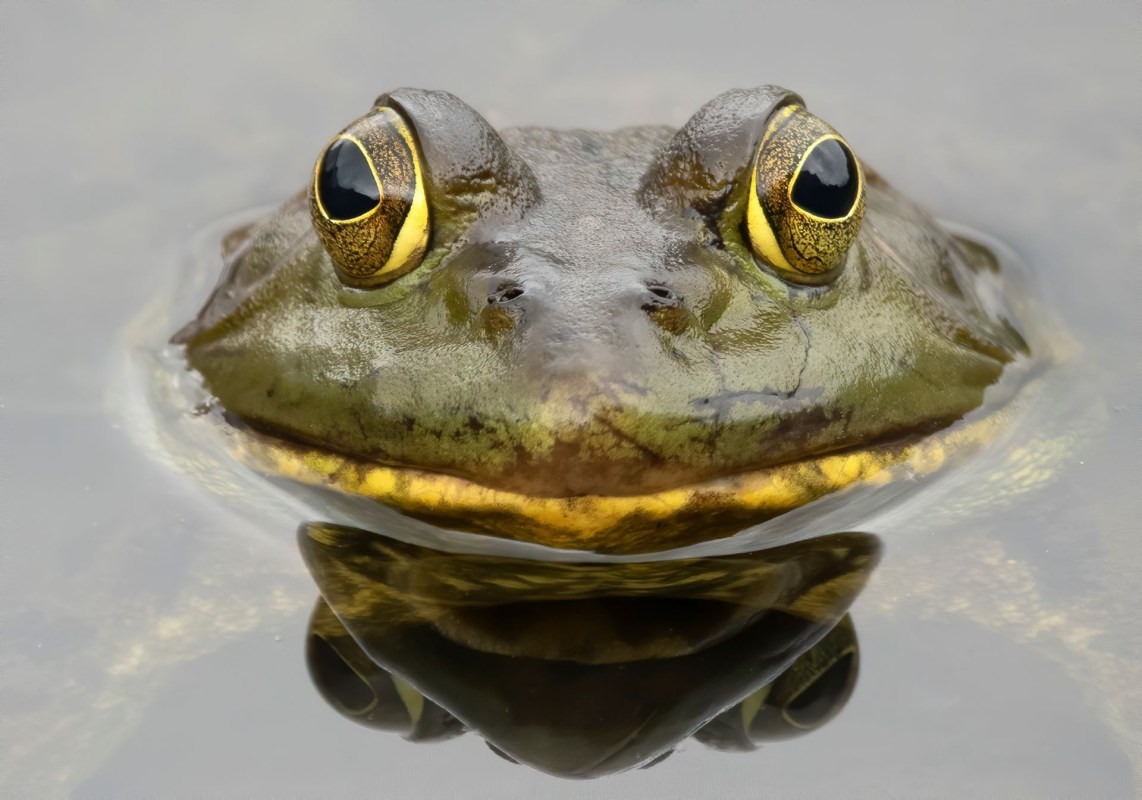The Utah Department of Natural Resources hopes to encourage residents to catch invasive bullfrogs — by tweeting about how delicious they are.
In February, the department tweeted a reminder that it's always open season on bullfrogs in the state. "Bullfrogs are invasive to #Utah," it says, "so you can catch as many as you want. And bonus: they're tasty."
It even directs residents to the Utah Division of Wildlife Resources Twitter account for tips on how to prepare the frogs for the table.
Since it's National Invasive Species Awareness Week (#NISAW) it's a good time to remind you that bullfrogs are invasive to #Utah, so you can catch as many as you want. And bonus: they're tasty. See the @UtahDWR blog for catching & cooking tips: https://t.co/vaHXgmxMiW pic.twitter.com/PaBgxn9Mxw
— Utah Department of Natural Resources (@UtahDNR) February 23, 2023
Bullfrogs are native to the eastern and central U.S., the Washington Post reports. When they move west, they become an invasive species: a species of animal or plant that damages native wildlife that's not adapted to its presence. It may outcompete native creatures for resources like food and sunlight and often has no natural predators in the area, so its population may grow out of control.
In the case of bullfrogs, the Post reports that they'll eat almost any creature smaller than them, including native frogs. Since other animals in the area aren't making a dent in the rapidly-spreading bullfrog population, it's up to humans to intervene. Otherwise, the natural balance of the existing ecosystems could be permanently destroyed.
As the Utah DNR points out, hunting bullfrogs is a cheap way to put food on the table while benefiting the environment. According to the Post, the frogs taste like chicken and are easy to catch. Many hunters simply wade out and grab bullfrogs by hand; others use a net, fishing line, or spear. Some hunters catch dozens in one night.
Bullfrogs aren't the only invasive species the public is encouraged to eat. On the east coast, the New York Times reports there's a movement to catch and eat the non-native lionfish that are damaging local reefs, and in Louisiana, a huge, invasive rodent called a nutria is free for all.
Greg Jongsma, assistant curator of zoology at the New Brunswick Museum in Canada, thinks bullfrog hunting could be a lot of fun for Utah residents. He said, "I think people will feel like a kid again if they decide to go out on a frog-catching mission and hopefully be helping local biodiversity."
Join our free newsletter for cool news and actionable info that makes it easy to help yourself while helping the planet.









